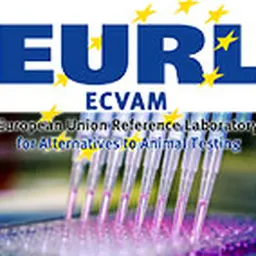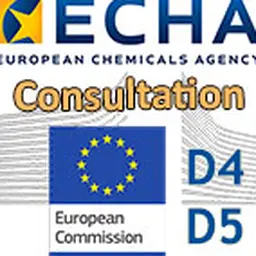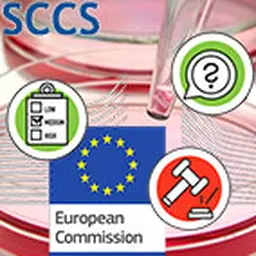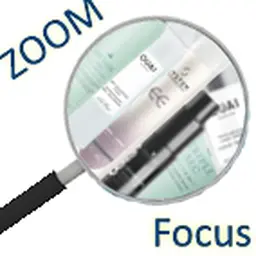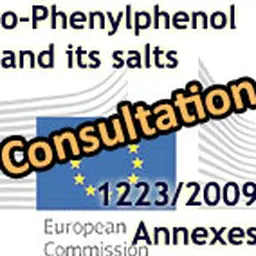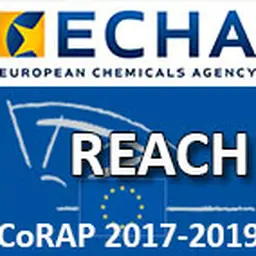
The safety of three cosmetic ingredients in nano form (Hydroyapatite, Copper, Colloidal Copper) and of Dyhydroxyacetone (DHA) as a hair colourant will be assessed by the SCCS. The requests were made by the European Commission and were published on 25 June 2019. The Scientific Committee accepted these mandates at its plenary meeting on 20 and 21 June 2019.
Dihydroxyacetone (DHA)
Background
Dihydroxyacetone (DHA) with the chemical name 1,3-Dihydroxy-2-propanone (CAS No.96-26-4, EC No.202-494-5) is a cosmetic ingredient with the reported functions of skin conditioning, reducing and tanning. Currently DHA is not regulated under the Cosmetic Regulation (EC) No.1223/2009.
In 2008, Commission’ services received a dossier from industry to support the safe use of DHA in cosmetic products. In its corresponding opinion, SCCS/1347/10, the SCCS concluded that “Based upon the available data, the SCCS is of the opinion that the use of Dihydroxyacetone as a self-tanning ingredient in cosmetic formulations up to 10% will not pose a risk to the health of the consumer.” In addition, the SCCS “considers that the use of Dihydroxyacetone as a selftanning ingredient in spray cabins up to 14% will not pose a risk to the health of the consumer.”
With the current submission, received in May 2019, the applicant requests to assess the safety of DHA intended to be used as hair colouring ingredient in leave-on applications up to a maximum concentration of 6.25%.
Questions to SCCS
1. In light of the data provided, does the SCCS consider Dihydroxyacetone safe when used as hair colouring ingredient in leave-on applications up to a maximum concentration …

